This article was co-authored by Gera Anderson, PsyD. Dr. Gera Anderson is a Licensed Clinical Psychologist with more than five years of experience. She specializes in integrated behavioral health, neuropsychological assessment, and pain management, and has worked in community mental health settings, correctional facilities, psychiatric hospitals, and schools. Dr. Anderson received an MEd from The University of Minnesota, Twin Cities and a PsyD in Clinical Psychology from Pepperdine University.
This article has been viewed 17,484 times.
Movement and dance therapy can be used for people with physical, emotional, cognitive, and social problems, practiced individually or in a group. Dance movement therapy can help people express their emotions in a way that doesn’t require words and instead, focuses on self-expression through the body. It can be helpful in dealing with stress and increasing mindfulness. Dance therapy can help with building relationship and increasing self-awareness. Use dance therapy to build your skills and overcome difficult emotions.
Steps
Taking Dance Movement Therapy Classes
-
1Find a certified dance therapist. Search for a therapist who is qualified to provide dance and movement therapy. The person should be a registered dance therapist. This means they’ve completed extensive training in clinical work using dance therapy and can provide high quality care.[1]
- You may find a dance therapist through a program at a local hospital or at a therapy clinic. You can also find one by searching for a therapist online.[2]
- The dance therapist should have the title “Dance Therapist Registered (DTR)” or “Academy of Dance/Therapists Registered (ADTR).”
-
2Practice mirroring. Mirroring means matching or following another person’s movements. This practice helps build empathy and connection. Mirroring can help validate a person’s experience. It can help build cooperation and understanding.[3]
- For example, one person may leap and the other person will follow. If the person chooses to slow down the dance, the other person responds to the change.
Advertisement -
3Use movement metaphors. A person can use a metaphor to dance the way they feel. They can also use props as a way to extend the metaphor. Your metaphor can help you celebrate accomplishments, work through confusing emotions, or play out meaningful interactions between you and another person.[4]
- For example, you might feel upset and dance with something that resembles fire or throw things in rage as you dance.
-
4Use jumping in dance. Jumping is a way to bring emphasis to your movements. If you struggle with depression, jumping can help, as people with depression tend to have decreased vertical movements. Practice moving in all directions and getting your whole body involved.[5]
- Find as many ways to jump as you can. For example, you can jump, skip, leap, and twirl.
Improving Mental Health through Dance
-
1Express your feelings. Dance and movement therapy can help people express their feelings through movement. Because it is set up to be a safe and non-judgmental environment, participants can feel free to express themselves through their bodies. The therapist may ask participants to re-enact their emotions and work through them through dance.[6]
- Dance therapy can be a healthy alternative form of expression for people who are not attracted to traditional talk therapy.
-
2Deal with stress. Using movements can help participants deal with stress in a fun way. Dance therapy is often offered in hospitals and to people who may experience physical, emotional, psychological, or cognitive problems. Dance therapy can be a type of exercise, and moving the body can be a great way to beat stress while developing a stronger body.[7]
- Use dance therapy as a way to relax and unwind after a difficult experience.
-
3Cope with depression. Dance therapy has shown positive effects for people suffering from depression.[8] Movement itself can help with depressive symptoms, which is why exercise is so important to depression treatment. Dance therapy is beneficial because it also includes making meaningful movement and expression.
- Dance therapy can also be used to treat anxiety disorders and eating disorders, although less research backs this treatment.
-
4Increase mindfulness. Dance therapy can contribute to mindfulness practices. Focusing on nonverbal communication and adjustment means that dance therapy can help participants stay focused in the moment. Participants are encouraged not to judge their movements but to let them occur naturally.[9]
- Dance movement therapy can become a type of mindfulness meditation by engaging in the here-and-now through movements.
Increasing Communication with Movement
-
1Enhance self-expression. Dance is an art form that can help with self-expression. A dance therapist can help participants express their emotions through dance. For example, a therapist can play sad, angry, fast or slow music and allow participants to adjust their movements to express different emotions.[10] Dance therapy can also improve self-confidence.
- Therapists can help participants to express emotions for certain diagnoses or experiences. For example, a therapist can work with a person with depression in order to express feelings of sadness. They can also learn to dance feelings of hope and happiness.
-
2Improve communication skills. Dance is a form of nonverbal communication and can help people to learn to communicate in a new way. Participants can learn to take cues and respond to subtle changes through their body movements. For example, participants can give and receive invitations to touch, interact, and respond to another person’s movements. This teaches cooperation, which can then be used in other social situations.[11]
- Participants can learn to strengthen their nonverbal skills and apply them to other social situations.
-
3Increase social interaction. Participants can learn to interact in new and beneficial ways with others and the therapist. For example, people with impulsive behavior often have problems interacting with other people, yet dance can help them learn to interact in a safe and appropriate way with others. They can contribute to a group in a productive way that enhances social connection.[12]
- Therapists can help people who suffer socially engage with others in a proactive and productive ways. Participants can learn social cooperation through dance.
Using Dance Movement Therapy with Children
-
1Focus on the mind-body connection. Dance movement therapy can help enhance the mind-body connection and help children learn to use this connection more effectively. For example, children learn that they can express themselves and work through their feelings by using their bodies. Thoughts and feelings can directly impact and change the movements performed in dance therapy.[13]
- Children can reflect on how their emotional or mental states affect their movements. This can help in understanding how thoughts, feelings, and actions impact one another.
-
2Use movement therapy for autistic kids. Dance and movement therapy can help autistic children to learn various forms of relationships. Dance therapy can start as understanding and expressing nonverbal communication in a meaningful way. Autistic people can learn to create meaningful relationships without using words by instead using their bodies. For example, children who struggle to communicate with others can meet in a different way through dance in turning toward one another, accepting or rejecting invitations to touch, and so on.[14]
- Moving in time with rhythm can create a sense of unity, even if it’s entirely nonverbal.
-
3Build parent-child relationships. Parents can learn to relate to their children in a new and exciting way through dance. Dance movement therapists can foster coordinated and synchronized movements between parents and children to help them connect. This can help parents and children learn to communicate in different ways.[15]
- For parents who have a strained relationship with their children, dance therapy can help to open communication through a non-threatening means.
Expert Q&A
-
QuestionHow does dance relieve stress?
 Gera Anderson, PsyDDr. Gera Anderson is a Licensed Clinical Psychologist with more than five years of experience. She specializes in integrated behavioral health, neuropsychological assessment, and pain management, and has worked in community mental health settings, correctional facilities, psychiatric hospitals, and schools. Dr. Anderson received an MEd from The University of Minnesota, Twin Cities and a PsyD in Clinical Psychology from Pepperdine University.
Gera Anderson, PsyDDr. Gera Anderson is a Licensed Clinical Psychologist with more than five years of experience. She specializes in integrated behavioral health, neuropsychological assessment, and pain management, and has worked in community mental health settings, correctional facilities, psychiatric hospitals, and schools. Dr. Anderson received an MEd from The University of Minnesota, Twin Cities and a PsyD in Clinical Psychology from Pepperdine University.
Licensed Clinical Psychologist Well, dance can be used for emotional expression or to release pent-up energy! It helps by releasing endorphins and it is beneficial for both your physical and mental health as an effective way of stress reduction.
Well, dance can be used for emotional expression or to release pent-up energy! It helps by releasing endorphins and it is beneficial for both your physical and mental health as an effective way of stress reduction.
References
- ↑ https://www.adta.org/faq
- ↑ http://www.goodtherapy.org/learn-about-therapy/types/dance-movement-therapy
- ↑ http://www.goodtherapy.org/learn-about-therapy/types/dance-movement-therapy
- ↑ http://www.goodtherapy.org/learn-about-therapy/types/dance-movement-therapy
- ↑ http://www.goodtherapy.org/learn-about-therapy/types/dance-movement-therapy
- ↑ https://www.childrenscolorado.org/doctors-and-departments/departments/psych/programs/creative-arts-therapy/dance-therapy/
- ↑ http://healthpsych.psy.vanderbilt.edu/2008/dancetherapyr.htm
- ↑ http://www.goodtherapy.org/learn-about-therapy/types/dance-movement-therapy
- ↑ http://nspt4kids.com/parenting/therapy-moves-dancemovement-therapy-children/
- ↑ http://nspt4kids.com/parenting/therapy-moves-dancemovement-therapy-children/
- ↑ http://nspt4kids.com/parenting/therapy-moves-dancemovement-therapy-children/
- ↑ http://nspt4kids.com/parenting/therapy-moves-dancemovement-therapy-children/
- ↑ https://www.childrenscolorado.org/doctors-and-departments/departments/psych/programs/creative-arts-therapy/dance-therapy/
- ↑ https://www.psychologytoday.com/blog/meaning-in-motion/201404/dancemovement-therapy-and-autism
- ↑ https://www.psychologytoday.com/blog/meaning-in-motion/201404/dancemovement-therapy-and-autism
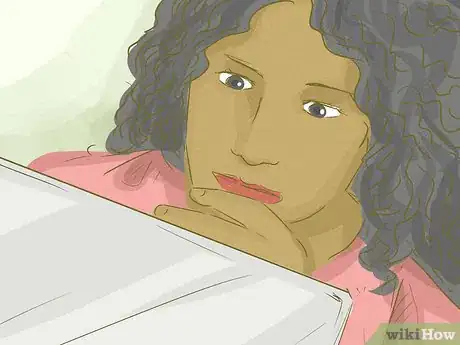



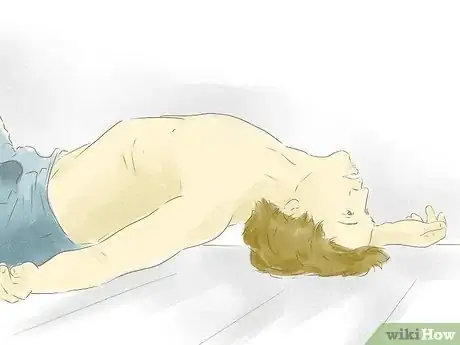
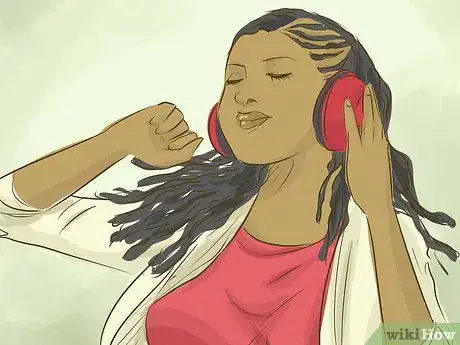
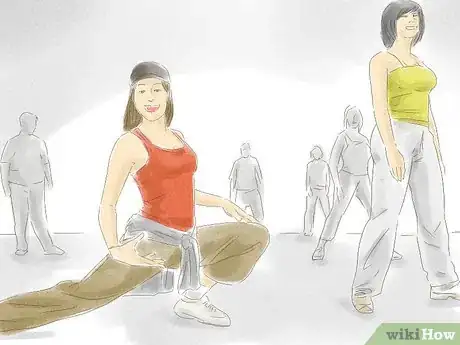
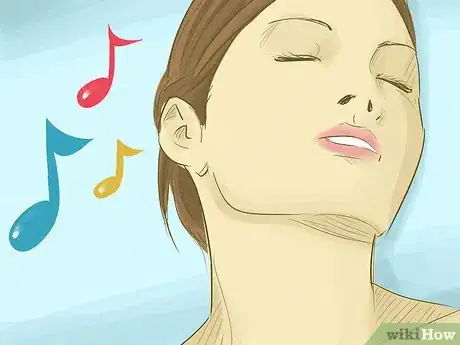

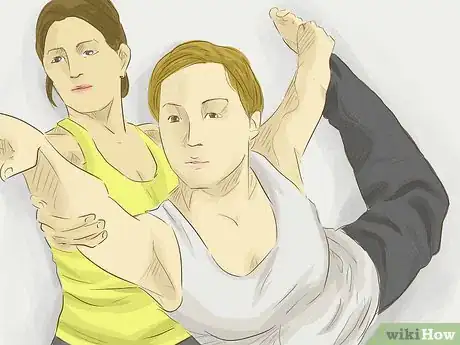
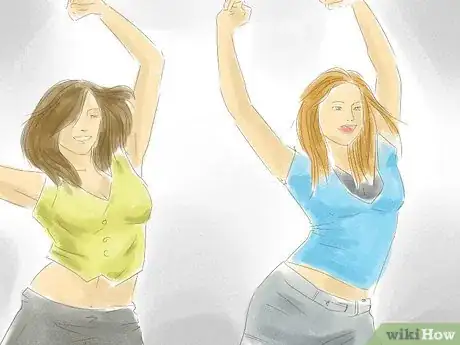

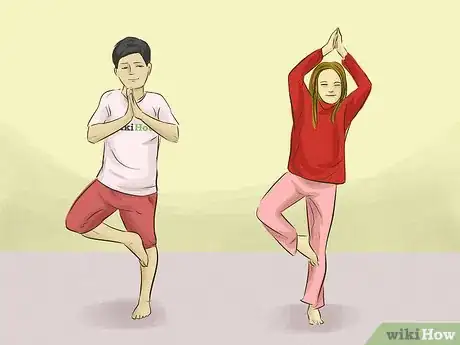
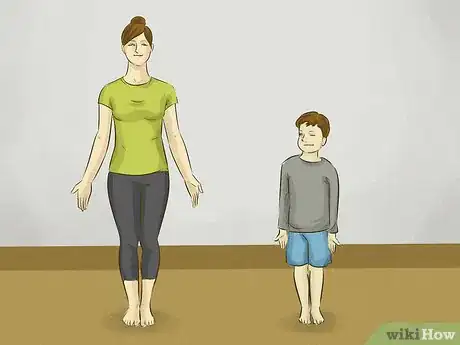

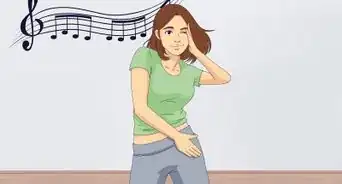
-Step-19-Version-2.webp)
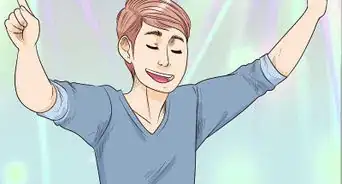
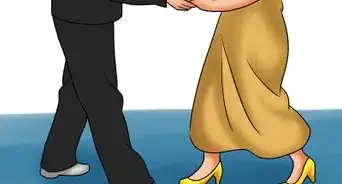

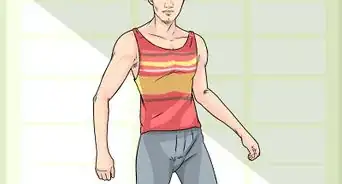
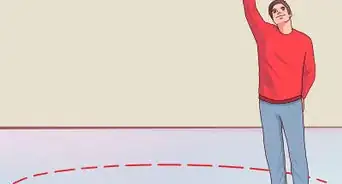












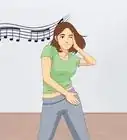
-Step-19-Version-2.webp)




































Medical Disclaimer
The content of this article is not intended to be a substitute for professional medical advice, examination, diagnosis, or treatment. You should always contact your doctor or other qualified healthcare professional before starting, changing, or stopping any kind of health treatment.
Read More...